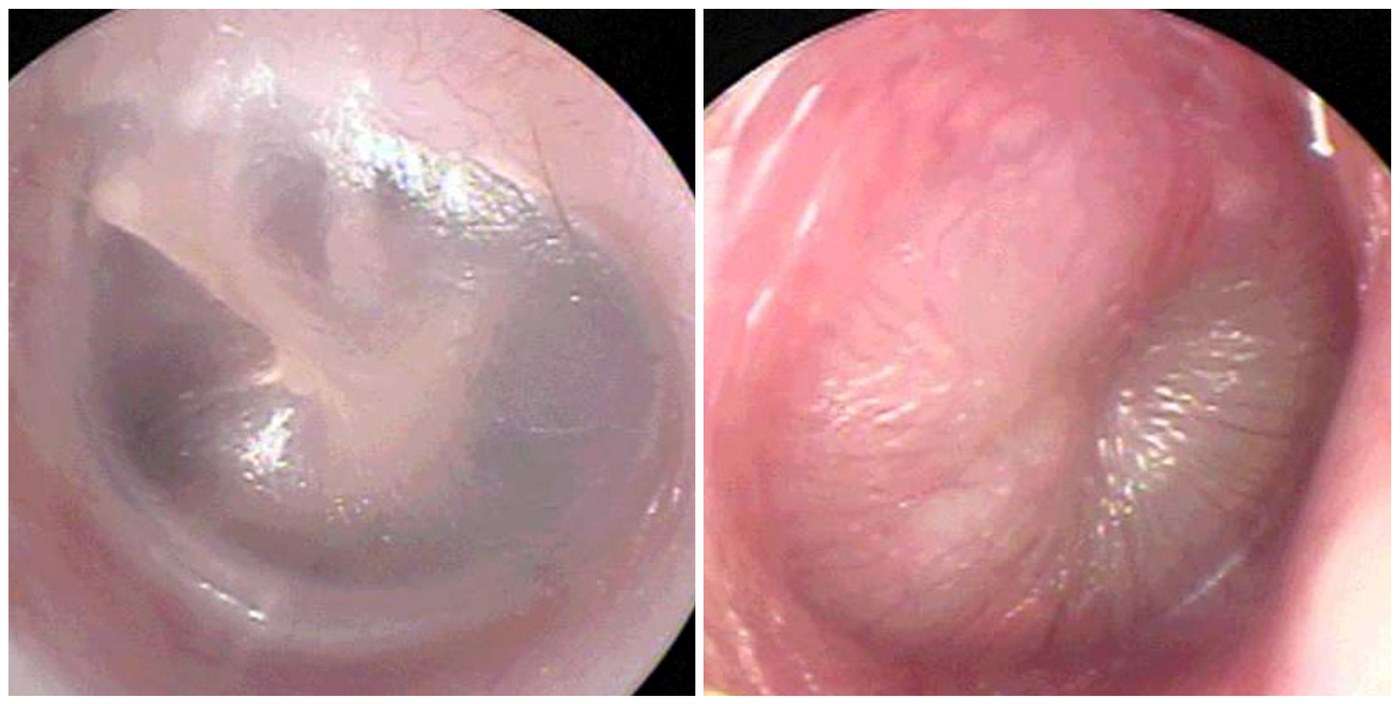He Lost 210-lbs on Carnivore Diet Eating Just Meat and Eggs-After Fertility Became an Issue
A Missouri man shed 210 pounds by eating a diet of only meat and eggs, after learning his 434-lb obesity might be causing fertility issues.

An AI-powered application developed by physician-scientists at the University of Pittsburgh in the US could decrease unnecessary antibiotic use in children by diagnosing ear infections via smartphone.
The only thing worse than your child getting an ear infection is wrongly believing they have one and administering a redundant course of antibiotics which obliterates their developing gut microbiome.
Around 70% of children develop an ear infection before the age of one, the most common of which is acute otitis media (AOM).
However, AOM is often confused with other issues such as fluid behind the ear, which can lead to infections being incorrectly diagnosed and incorrectly treated.
The study's senior author Dr. Alejandro Hoberman, a professor of pediatrics, explained that an underdiagnosis of AOM results in inadequate care, while overdiagnosis results in unnecessary antibiotic treatment, which can compromise the effectiveness of currently available antibiotics.
To develop the new AI tool, Dr. Hoberman and his research team built and annotated a training library of 1,151 videos of the tympanic membrane, also known as the eardrum, from 635 children who visited outpatient pediatric offices at the University of Pittsburgh's Medical Center between 2018 and 2023.
"The eardrum is a thin, flat piece of tissue that stretches across the ear canal," explained Dr. Hoberman. "In AOM, the eardrum bulges like a bagel, leaving a central area of depression that resembles a bagel hole."
"In contrast, in children with otitis media with effusion, no bulging of the tympanic membrane is present."
Two trained experts with extensive experience in AOM research reviewed the videos and made a diagnosis of AOM or not AOM, which the research team then used to teach two different AI models
The completed AI tool works by looking at a video of a patient's eardrum and assessing its shape, position, color, and translucency to make a diagnosis.
Results, published in the journal JAMA Pediatrics, revealed that diagnosis was 93% accurate, with low rates of both false negatives and false positives.
Previous studies of clinicians have revealed a diagnostic accuracy of AOM ranging from 30 to 84%, depending on the type of healthcare provider, level of training, and age of the child being examined.
"These findings suggest that our tool is more accurate than many clinicians," said Dr. Hoberman. "It could be a game-changer in primary health care settings to support clinicians in stringently diagnosing AOM and guiding treatment decisions."
He added that another benefit of the tool, which makes a diagnosis by assessing a short video of the eardrum captured by an otoscope connected to a mobile phone camera, is that the videos can be stored and used to further improve diagnosis.
"The videos we capture can be stored in a patient's medical record and shared with other providers, meaning we can show parents and/or students what we see and explain why we are or are not making a diagnosis of ear infection," he added.
"It is important both as a teaching tool and for reassuring parents that their child is receiving appropriate treatment."
Hoberman hopes that the newly developed technology could soon be implemented widely across healthcare centers.
SHARE This Really Awesome Use Of AI And Smartphones…
Be the first to comment